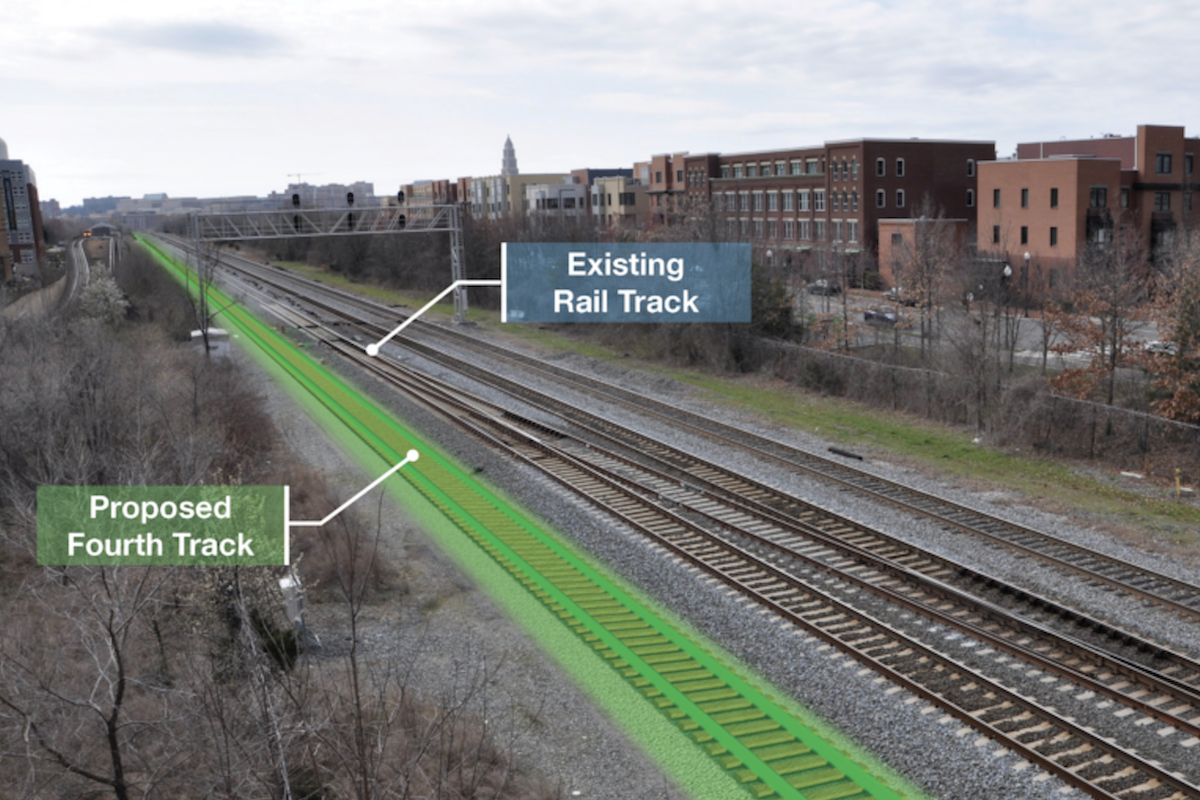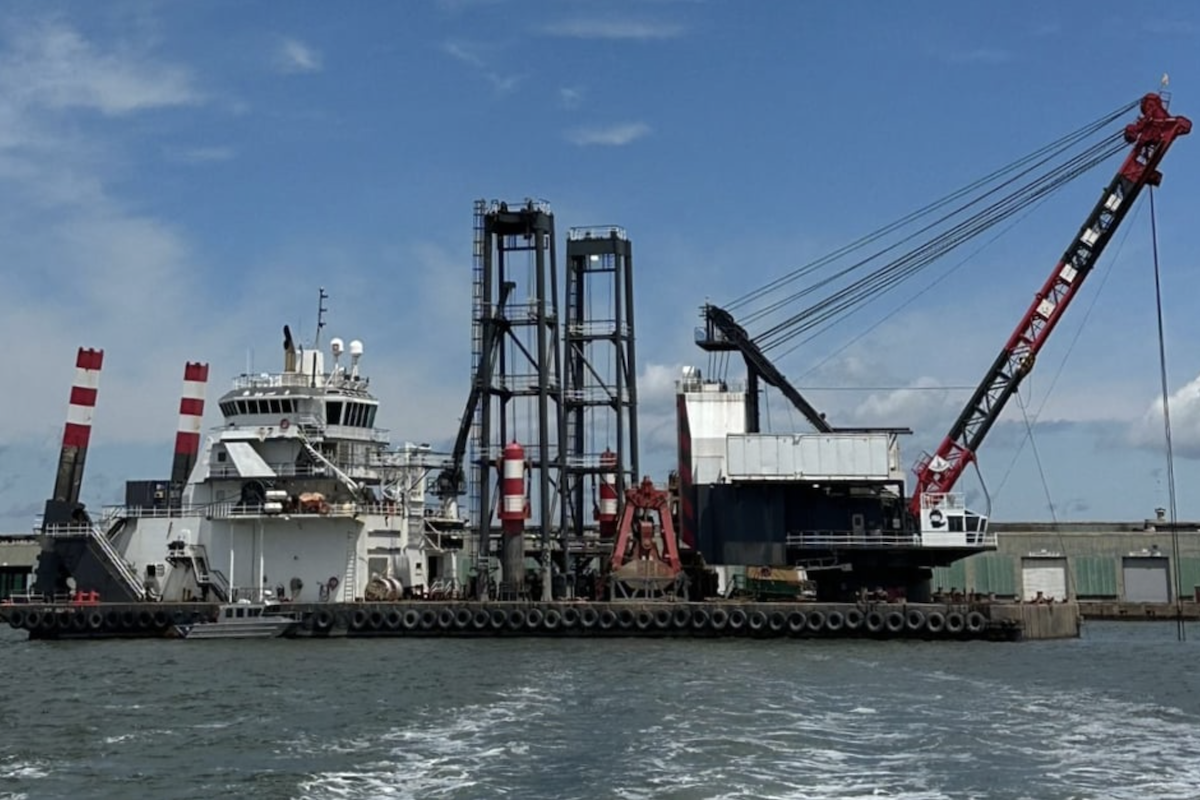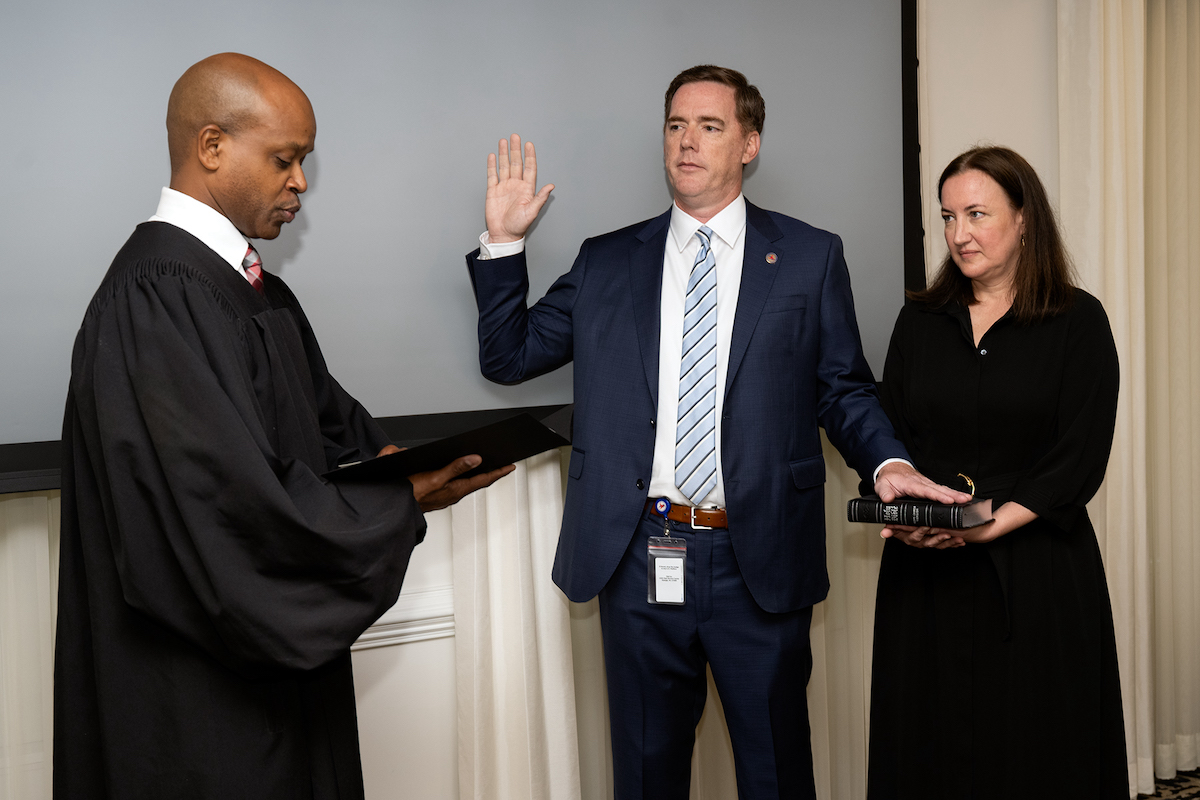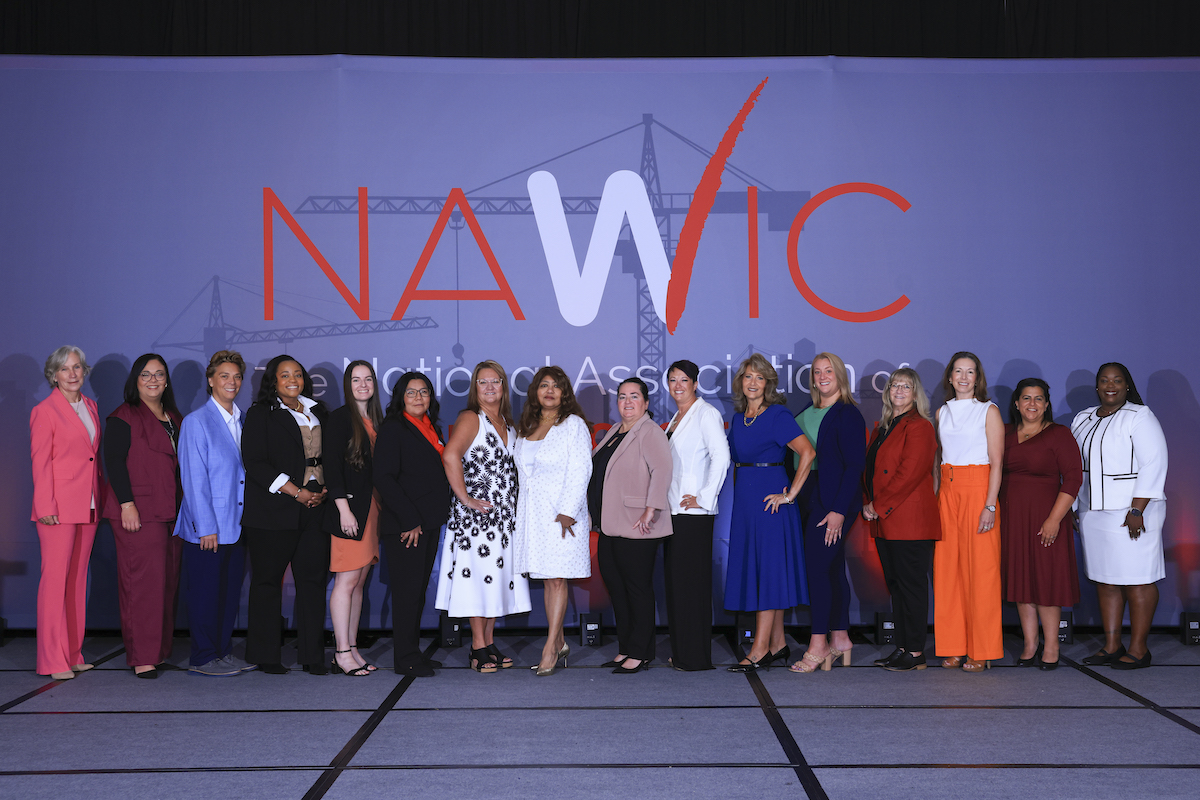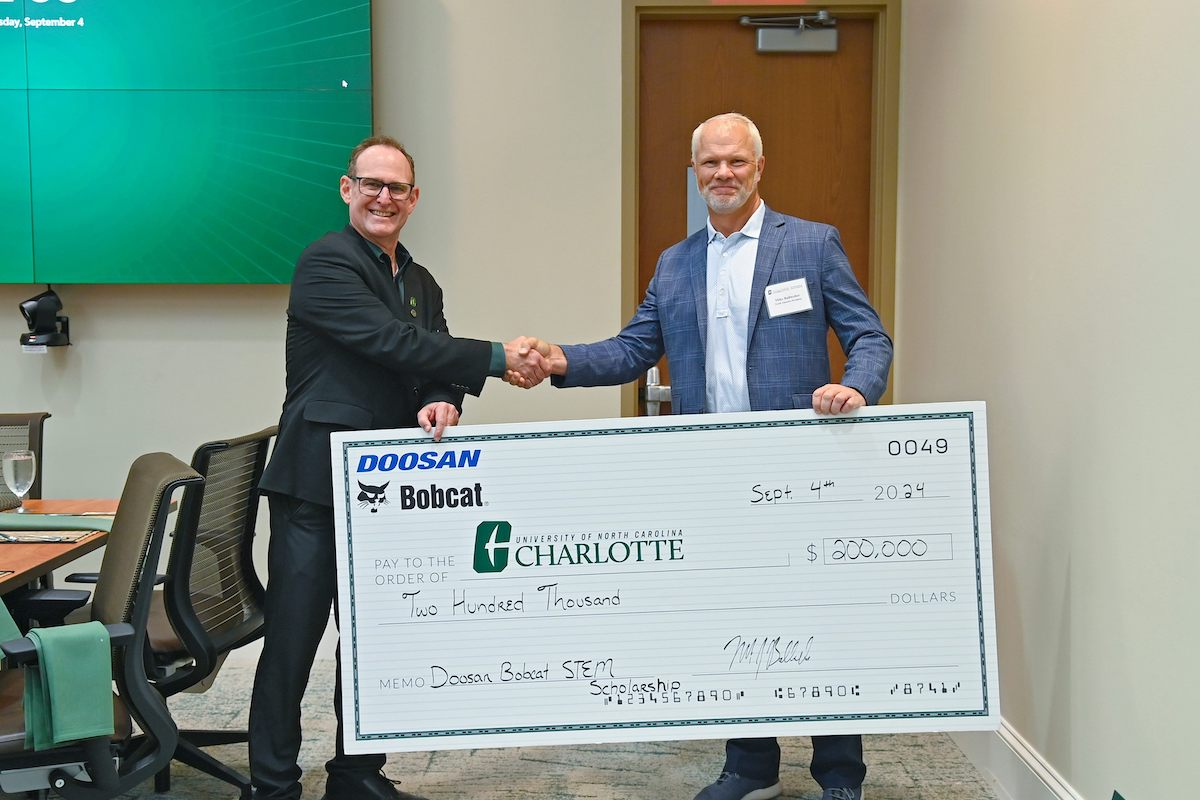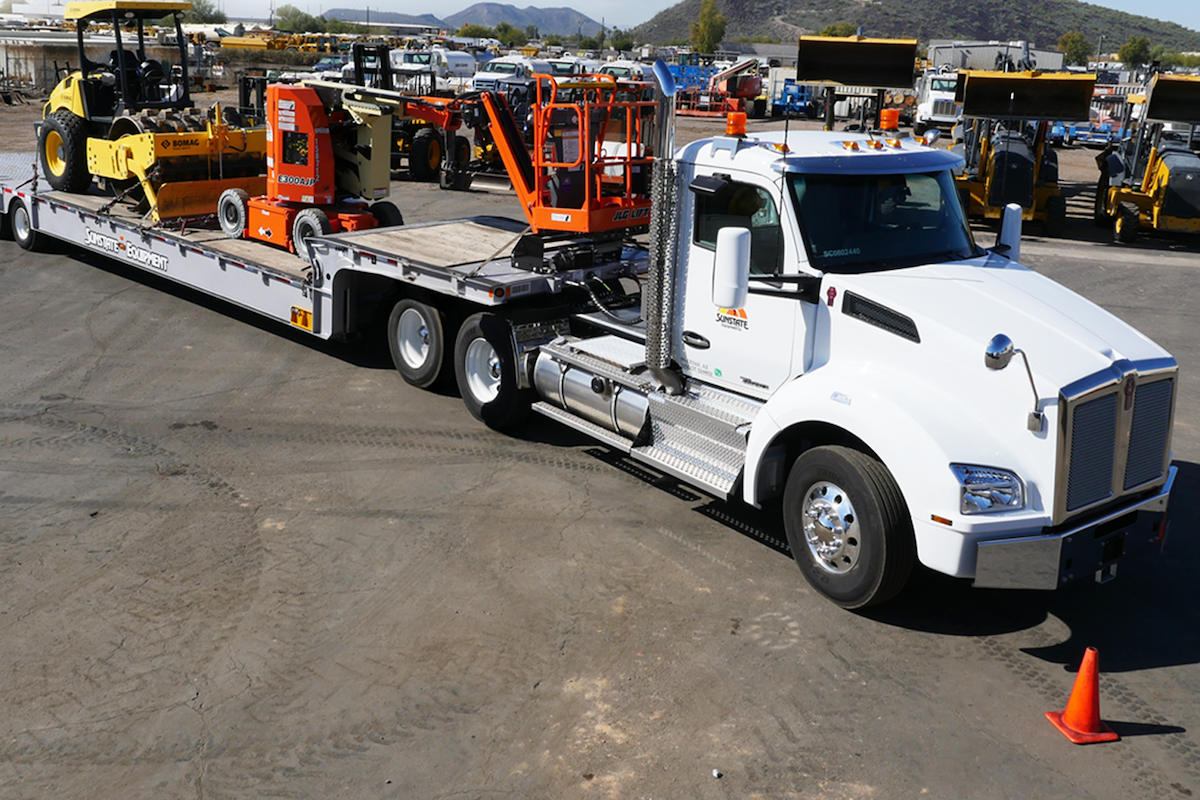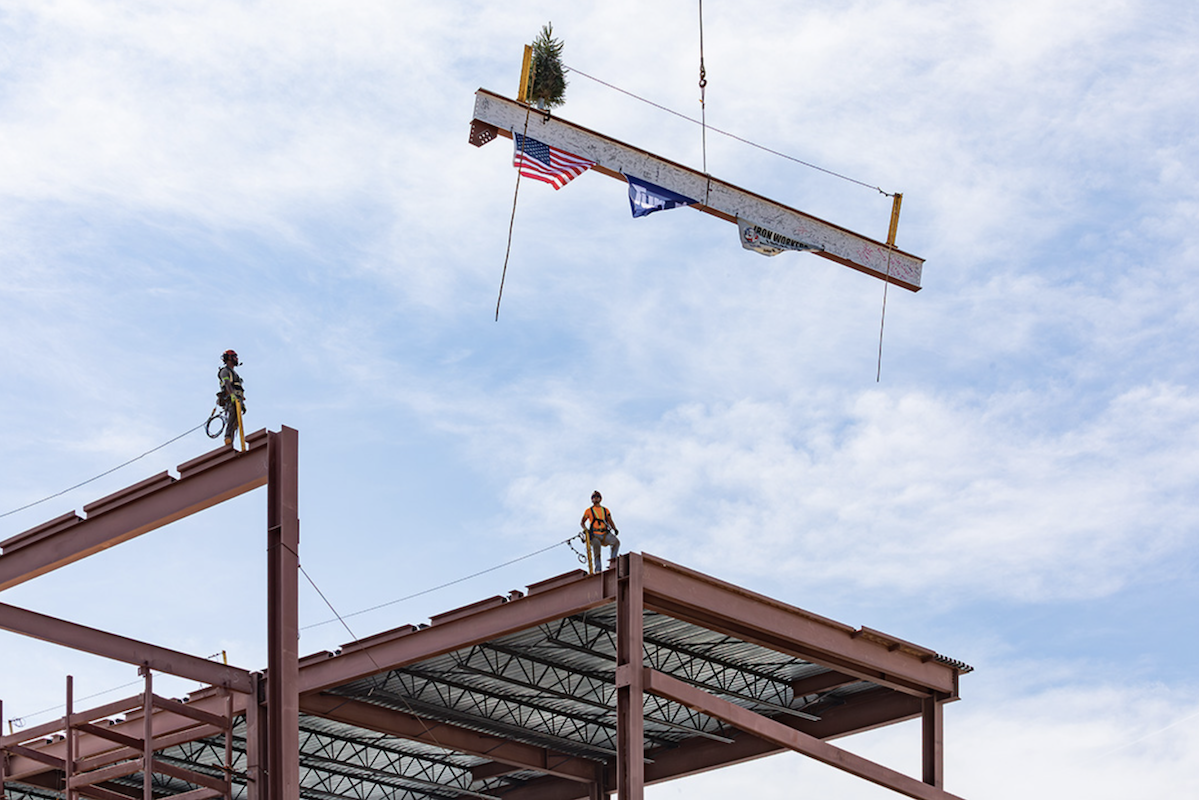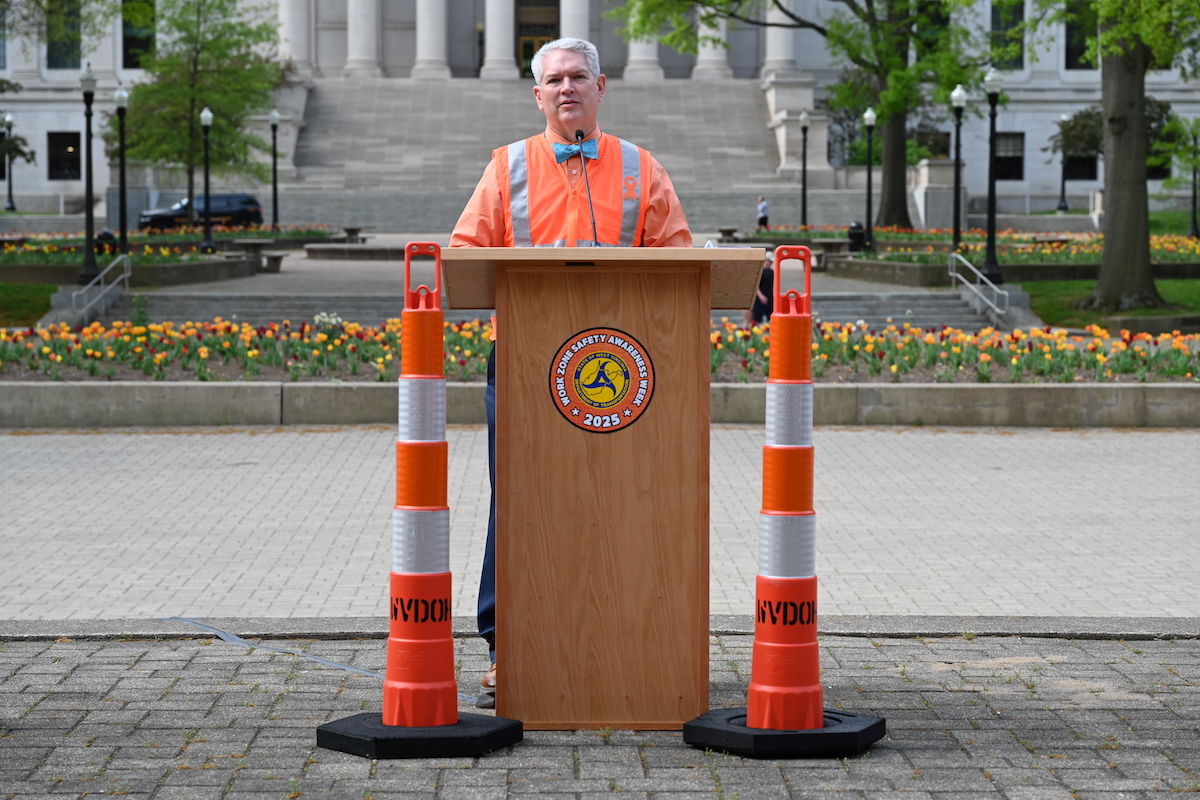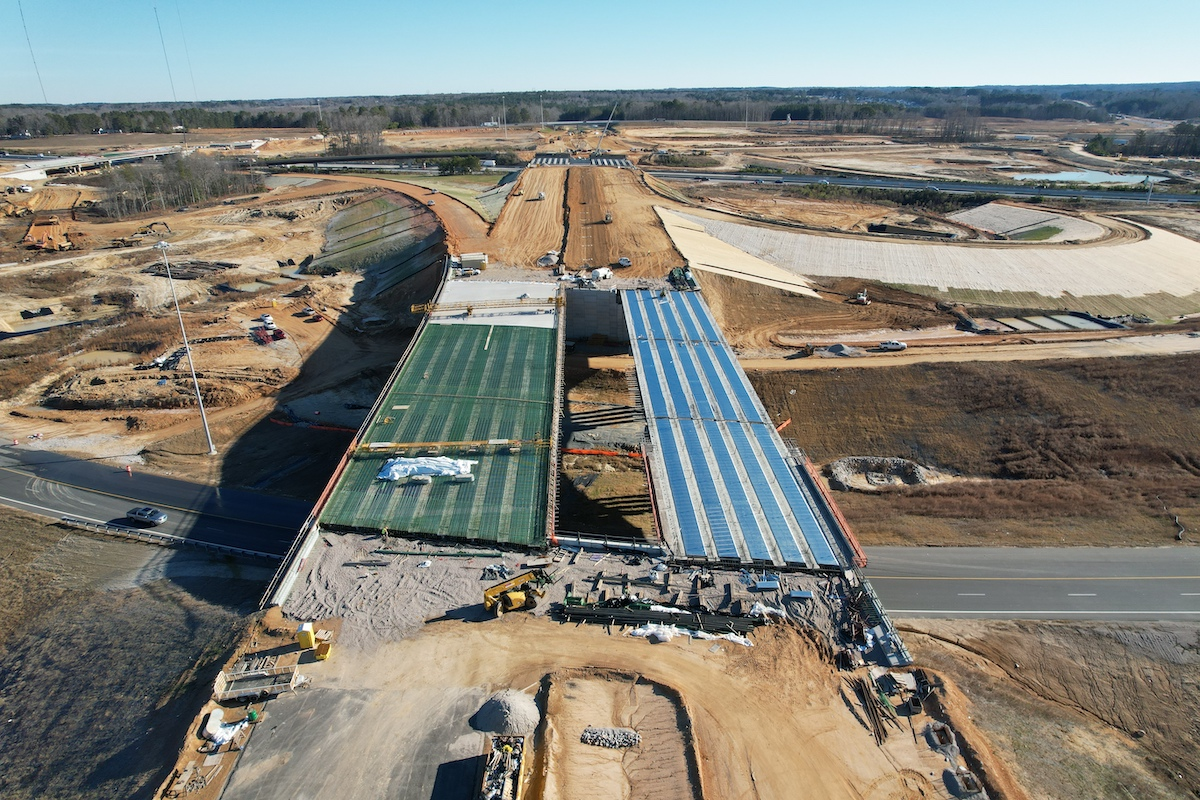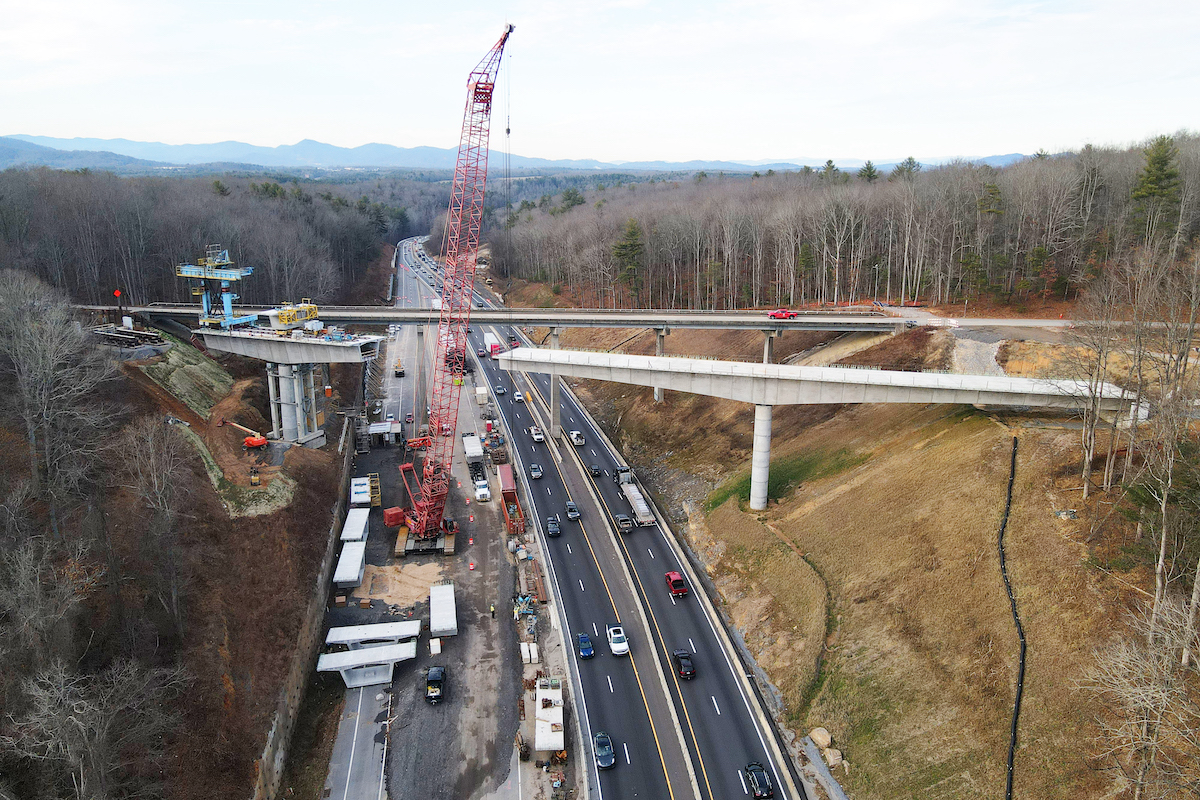The project’s main goal was to optimize all 1,600+ traffic signals in Washington, D.C. to improve safety, sustainability, reliability, and mobility for multimodal users. The project spanned multiple years and included two phases.
Phase 1 focused on the rehabilitation of DDOT’s signal system to reduce roadway congestion. New controller software was deployed, clearance intervals were updated across the system, and signals were retimed to account for the changing demand patterns.
Following the adoption of Vision Zero in D.C., Phase 2 evolved to focus on the deployment of interventions that would create a safer system for all road users. This resulted in the implementation of: 960-plus Leading Pedestrian Intervals; 150-plus automatic walk signals; 190-plus age-friendly, designated extended crossing times; upgraded two-staged crossings to single-stage crossings; updated vehicular, pedestrian, and bicycle clearances; and coordinated signal timings for enhanced bicycle progression.
Both phases are helping D.C. reach its sustainability and safety goals. The optimization program has made D.C. traffic signals safer and friendlier for pedestrians and bicyclists in addition to improving bus running times and overall traffic flow.















